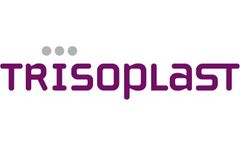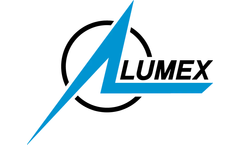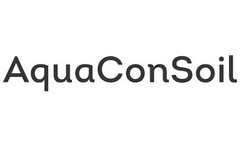Bottom Ash Articles & Analysis: Older
10 articles found
We believe we can contribute to the development of the EfW industry as our work prevents landfilling of the incinerated bottom ash, and reduces the negative impacts from the extraction of virgin raw materials by producing a manufactured aggregate that contributes to the circular economy. ...
The Board of Directors of Blue Phoenix Group is pleased that with Daiwa ICP European Infrastructure 1 as additional shareholder the Group can further focus on its international expansion strategy of servicing EfW companies with sustainable solutions for Incinerator Bottom Ash. About Daiwa ICP European Infrastructure 1 Daiwa ICP European Infrastructure 1 is a ...
An incinerator machine is a mechanical unit that is built to destroy waste. this happens by burning the waste at an extremely high temperature, reducing it to bottom ash. The machines can be manufactured from small garden waste incinerators, all the way to large scale industrial sized machines. ...
This was covered by a layer of incinerator bottom ash mixed with sand and cement, followed by a covering layer of asphalt. ...
Along with bottom ash (BA) and flue gas desulfurization gypsum (FGD gypsum, or synthetic gypsum), fly ash is a coal combustion residual (CCRs) – a byproduct of coal-generated power and one of the largest streams of industrial waste in the US. ...
For effective control of emissions, it is necessary to have full information about the mercury content of the feedstock, flue gas, bottom ash and other liquid and solid wastes. Obtaining these data is a challenging analytical task, because the mercury content of coal and its combustion products can vary within wide limits. ...
When the 85% phosphoric acid accounted for 10% of dry basis of tannery sludge, the phosphate-treated sludge showed the lowest vaporization percentage of about 3—15% with formation of Ca18Cu3(PO4)14, Ca9Cr(PO 4)7, Ca19Zn2(PO4) 14 and PbMgP2O7 in the bottom ...
In municipal solid waste incineration (MSWI), bottom ash, generated at a stoker grate type incinerator, the critical elements were identified in terms of EU regulation. ...
Test runs in the TAMARA test facility to investigate the influence of decreasing lower heating value on the combustion of waste showed that the combustion quality could easily be kept constant at heating values exceeding 5 MJ/kg. The burnout of grate ashes and flue gas had slightly fallen off at lower heating values whereas the level of PCDD/F in the raw gas stayed constant in ...
There are specific feed size and materials handling requirements that can impact applicability or cost at specific sites. Heavy metals can produce a bottom ash that requires stabilization. Volatile heavy metals, including lead, cadmium, mercury, and arsenic, leave the combustion unit with the flue gases and require the installation of gas cleaning systems for ...









